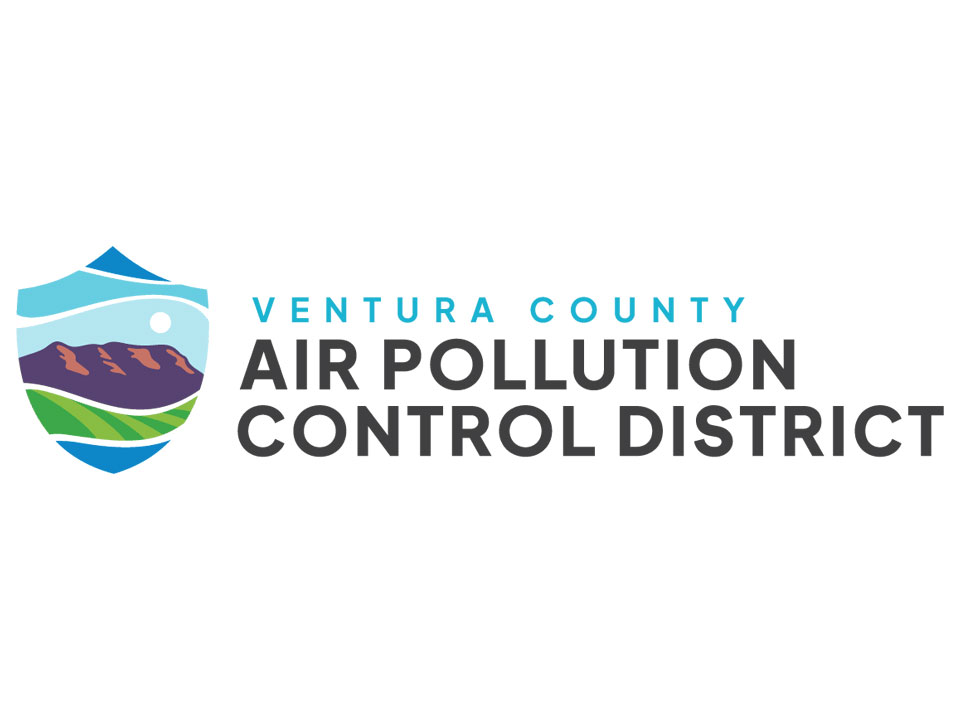Learning Goals
- Students will match various vehicles with their fuel economy and relate that to carbon dioxide production.
- Students can calculate the gallons of gasoline needed for the various vehicles to travel 100 miles and the carbon dioxide that is produced.
- Students will examine gallons per person and pounds of carbon dioxide produced per person for various vehicles.
- Students apply what they learned to the Commuter activity.
- Students decide what to do to increase fuel economy and reduce carbon dioxide production (rideshare, live close to work.)
Materials List
Handouts
- Match & Math Day handouts (pg 5-7, 12)
- Vehicle cards and chance cards (pg 8-11)
Individual Supplies
- 40 Jellybeans or dry beans
Important Links

